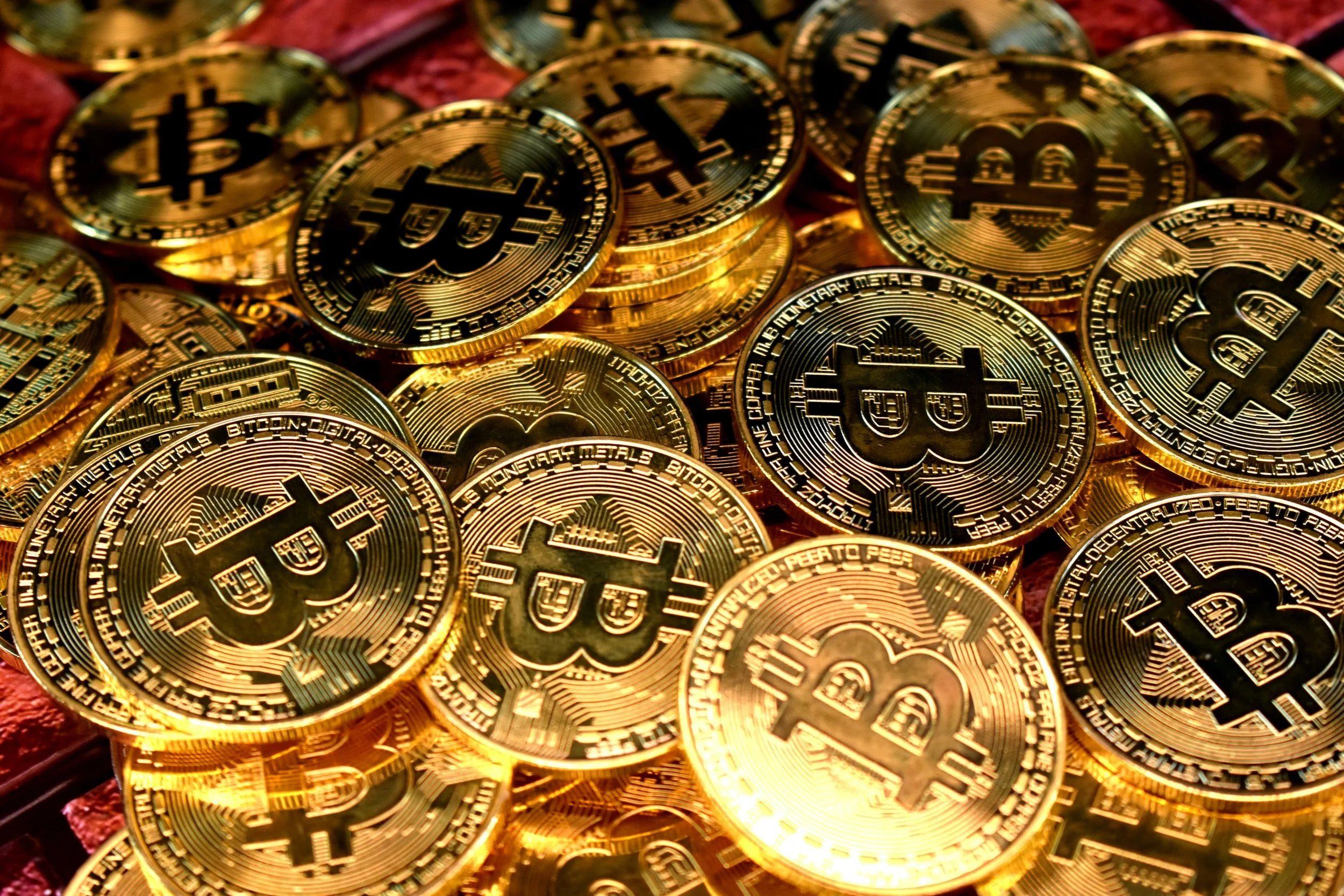Regulators Should Use Existing Authority to Address Investor Protection and Systemic Risk Issues with Stablecoins
WASHINGTON—Recent reporting indicates that anticipated recommendations from the Biden Administration for regulating stablecoins—digital currencies tied to outside currencies like the U.S. dollar— may exclude immediate action.
Comments by senior Treasury Department officials echo the same message: The President’s Working Group on Financial Markets (PWG) may focus its upcoming stablecoins report to the hypothetical, future use of these crypto payment assets, despite their current use on so-called “decentralized” finance (“DeFi”) platforms to speculate.
The main use for stablecoins is as a waystation in between trades on more volatile crypto assets. Uniswap is one of the largest DeFi cryptocurrency exchanges, and reportedly has higher transaction volumes than Coinbase. Five out of seven of the top liquidity pools on Uniswap have at least one leg in a stablecoin.¹
In response, Open Markets Institute Financial Policy Director Alexis Goldstein issued the following statement:
“It is concerning to see reports that the PWG may ignore the existing authorities of market and prudential regulators to mitigate the growing risks of stablecoins. By asking Congress to create a new, special-purpose federal charter for stablecoin regulation, PWG would be putting the future of stablecoin regulation in the hands of a group that has already demonstrated an unwillingness to act on new and emergent financial risks.
“Regulators must not tie their own hands while we wait for a crisis. Such an approach risks enshrining a shadow marketplace for these crypto assets, which have grown from $30 billion to $126 billion in just the last year.
“We encourage the PWG to focus on how stablecoins are used today, the high fees associated with moving these crypto assets across DeFi using the dominant, Ethereum blockchain, and the ways that regulators can address existing investor protection, consumer protection, and systemic risk issues using their diverse authorities.”
¹ According to data publicly displayed on https://info.uniswap.org/#/pools, as of October 14, 2021 at 3:21 pm EST. The top liquidity pools were: USDC/ETH, WBTC/ETH, ETH/USDT, USDC/ETH, USDC/USDT, ETH/sETH2, and DAI/USDC. Only the WBTC (Wrapped Bitcoin)/ETH (Ether) and ETH/sETH2 (a token that represents users' deposits in StakeWise Ethereum staking pool) pools did not have either leg in a stablecoin.
###

